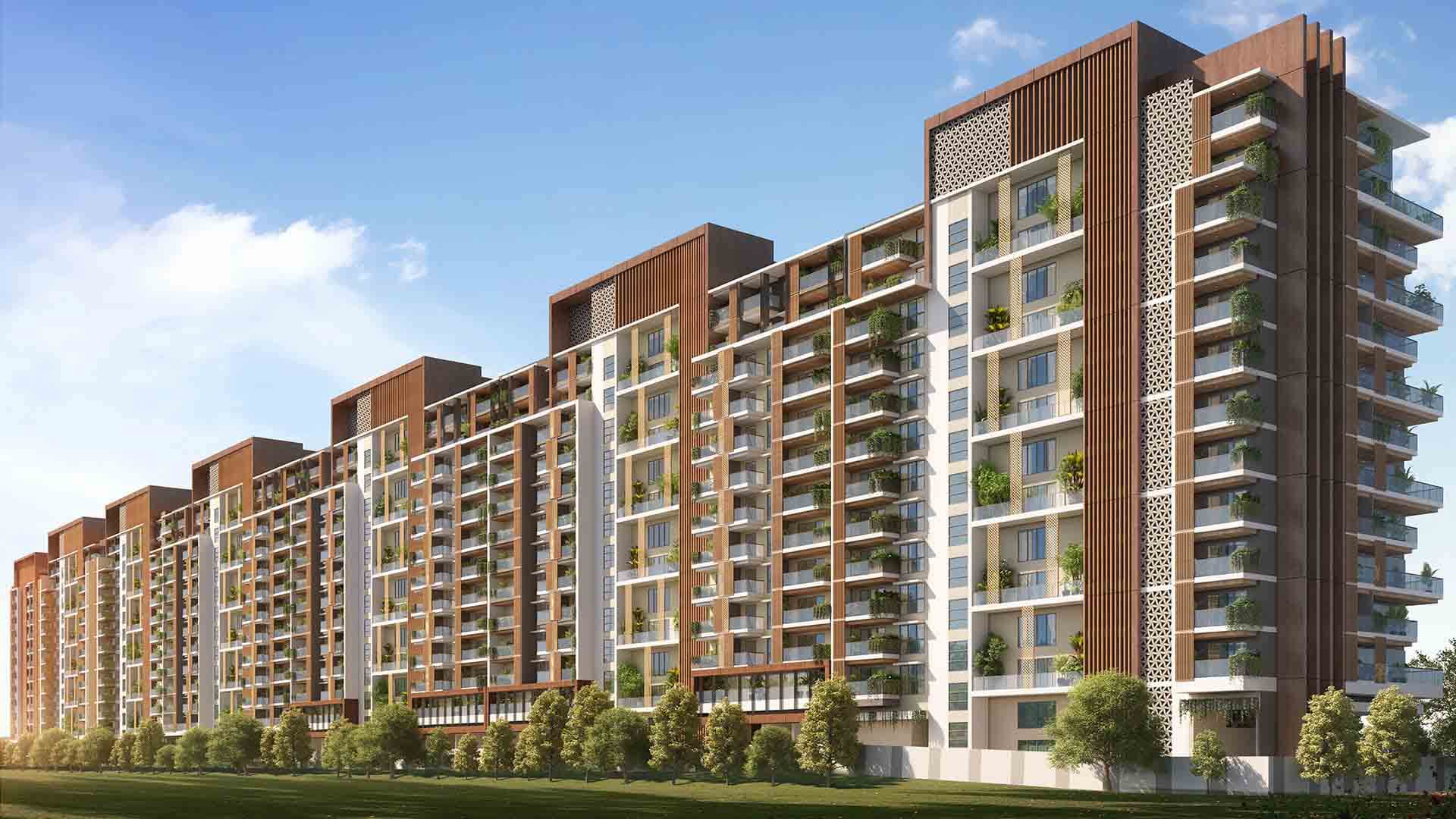
There’s a distinct shift in the urban landscape of Semarang, a noticeable rise in the number of sleek, modern apartments for sale buildings piercing the skyline. For an increasing number of individuals and families, the traditional dream of a sprawling detached house is giving way to the appeal of high-rise living. It’s a choice driven by a blend of practicality, lifestyle aspirations, and the undeniable draw of convenience in a rapidly developing city. Buying an apartment isn’t just about acquiring a living space; it’s about investing in a lifestyle, often one that prioritizes accessibility, amenities, and a sense of community within a compact, efficient footprint. From young professionals to empty nesters, the vertical dwelling offers a compelling alternative to conventional housing, especially in a city where space can be at a premium and the pace of life is quickening.
Understanding the Stratified World of Apartment Ownership
Unlike buying a standalone house where you own the land and the structure, apartment ownership in Indonesia, particularly in developments classified as strata title (Hak Milik Atas Satuan Rumah Susun), means you own a specific unit within a larger building. The common areas – think hallways, lobbies, elevators, swimming pools, and gyms – are collectively owned and managed by all unit owners through a Perhimpunan Pemilik dan Penghuni Satuan Rumah Susun (PPPSRS), essentially a homeowners’ association. This distinction is crucial. Your ownership extends to the air space and internal structure of your unit, but you’re also a co-owner of the shared facilities. This collective ownership brings both benefits and responsibilities, fostering a sense of shared community and mutual upkeep, but also requiring adherence to collective rules and contributions to shared expenses.
The Irresistible Pull of Location and Convenience
One of the most powerful magnets drawing buyers to apartments in Semarang is, without a doubt, location. Many new apartment developments are strategically positioned in prime urban areas, offering unparalleled access to central business districts, shopping malls, entertainment hubs, and a vibrant dining scene. Imagine living just a stone’s throw away from your office, or having a plethora of cafes and restaurants right at your doorstep. This proximity significantly cuts down on commute times and transportation costs, freeing up valuable hours in your day. Beyond the immediate vicinity, apartments often boast excellent connectivity to major roads and public transport networks, making it easier to navigate the city. It’s about more than




:strip_icc()/upscale-modern-house-for-sale-657659408-d5a4db326e034187a6b1744b0f1c5cc7.jpg)

